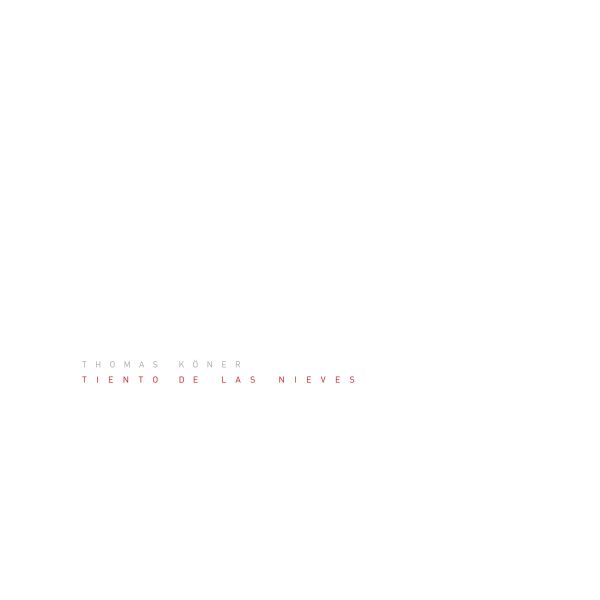
Koner, Thomas
Tiento De Las Nieves
Thomas Koener, explorer, multimedia artist, dark ambient pioneer. Over his long, much celebrated career, he has worked between audiovisual installation works, sound art, minimal soundscapes, and as one half of Porter Ricks. Among others, he has composed film soundtracks and music to accompany historic silent films for the Louvre Museum and the Muse d'Orsay, Paris, who called him a major innovator in the contemporary music scene. Tiento is a form of keyboard-based music originating in Spain. In his past discography, Thomas Koener has mostly used the piano in a barely recognisable way, as one element of many. However, after a particular radical experience he found himself caught with the piano in his focus, with this rigid instrument which has been developed and solidified in the 17th century just to enslave composers and musicians for centuries to come. To escape and handle the rigidity of the piano, Koener uses his distinctive ansatz to understand music rather as something filling the space of the temporal dimension than as a succession of multi-layered sounds. For him the musical score of any of his pieces is a priori meaningless, and receives meaning only by placing the notes and sounds at particular points in time in a way which is forced upon them by their inner logic. Like atoms in a particular molecule, these notes ought to have a specific distance and order dictated by certain laws, they might have to occur repeatedly, in order for the musical piece to be physically stable and complete, and thus to be able to exist continuously. For this reason, Koener's first tiento to be released, "Tiento de las Nieves" ("snow-tiento"), turned out to be a 68-minute long single piece. Upon producing this tiento, Thomas Koener had a strong and clear sensation of a large white space. Norwegian explorer Fridtjof Nansen has always been an important figure for Koener. In a quote from his expedition account 'Farthest North', Nansen constructs a synthesis between love and snow. With this piece Koener builds a bridge between his associated sensation of a large white space and the snowy, foggy landscapes known to him from his various own expeditions, in a quasi dialectic process.